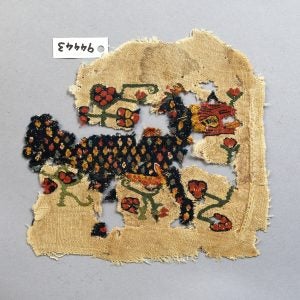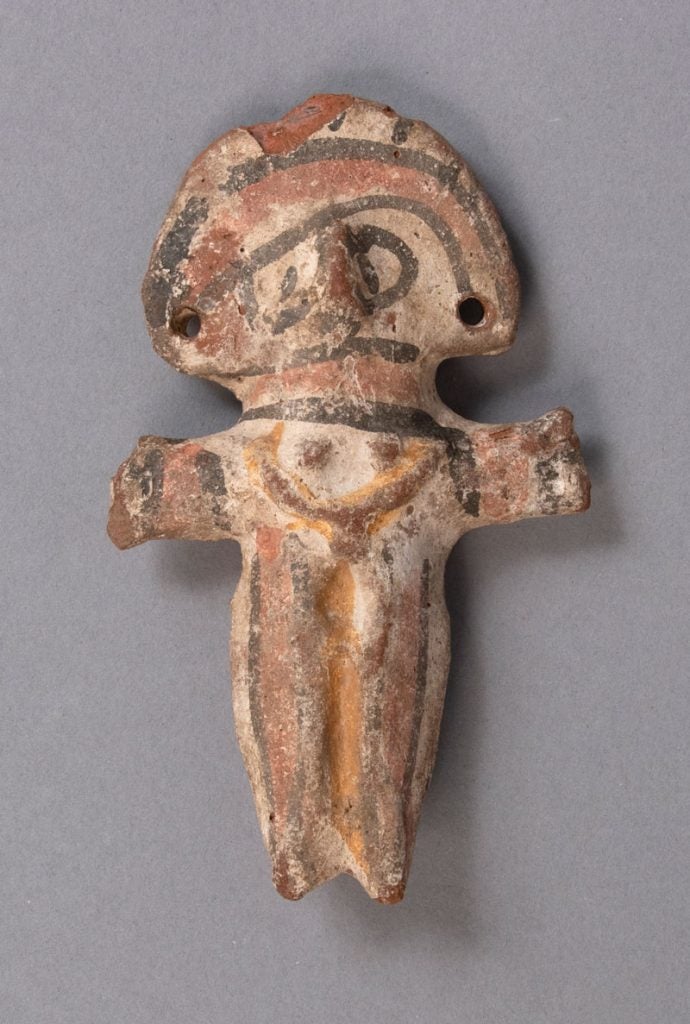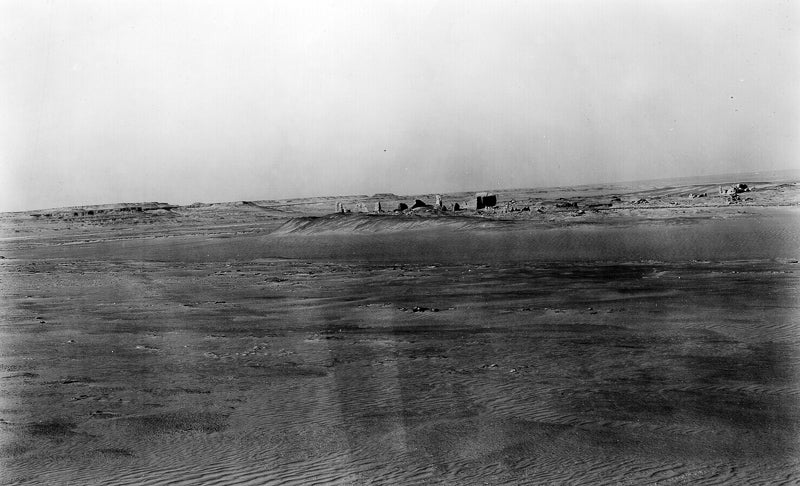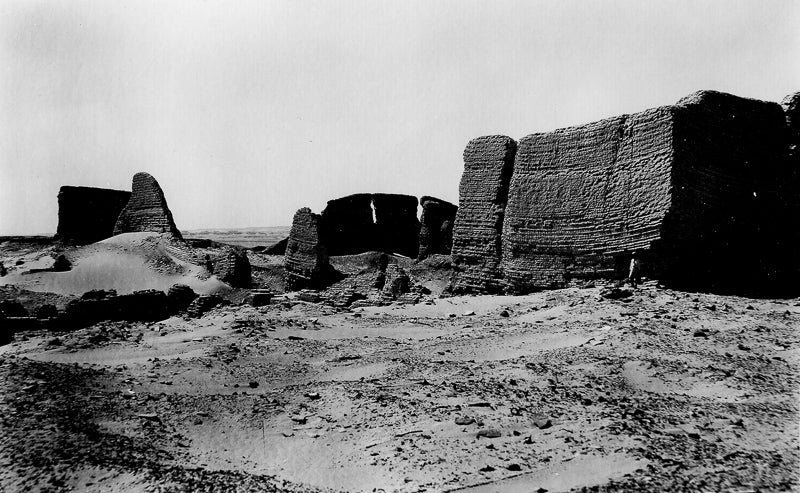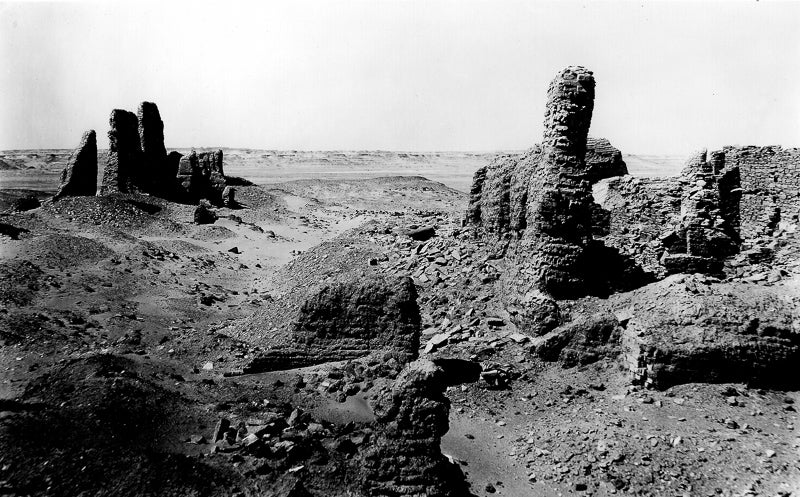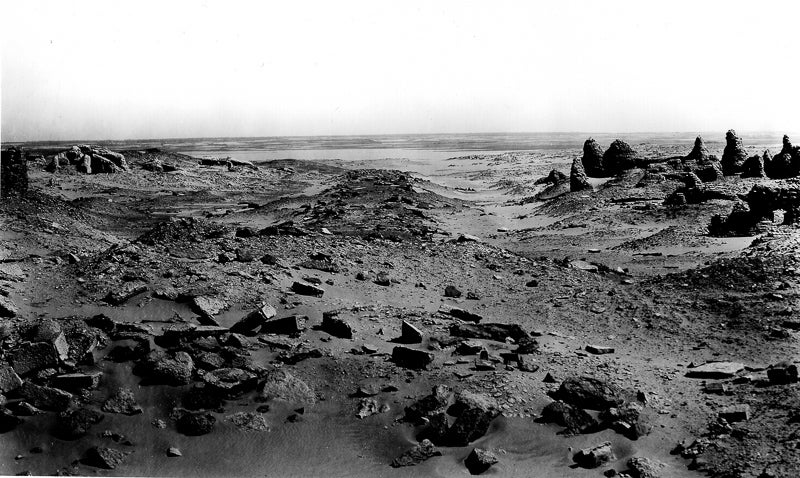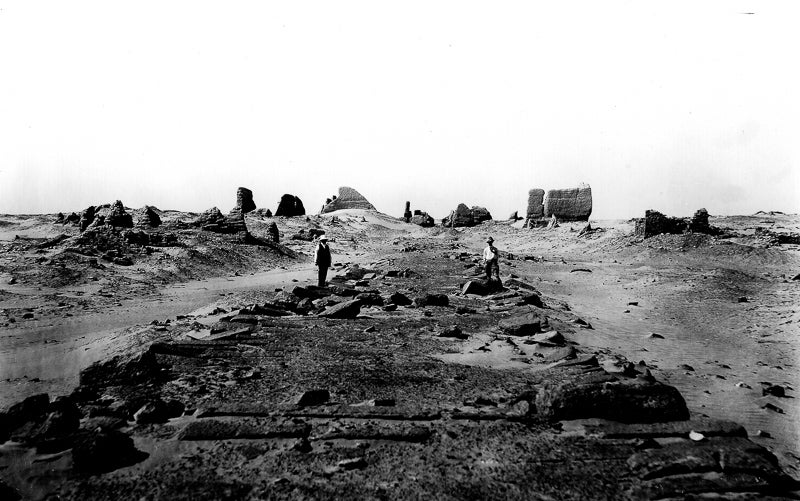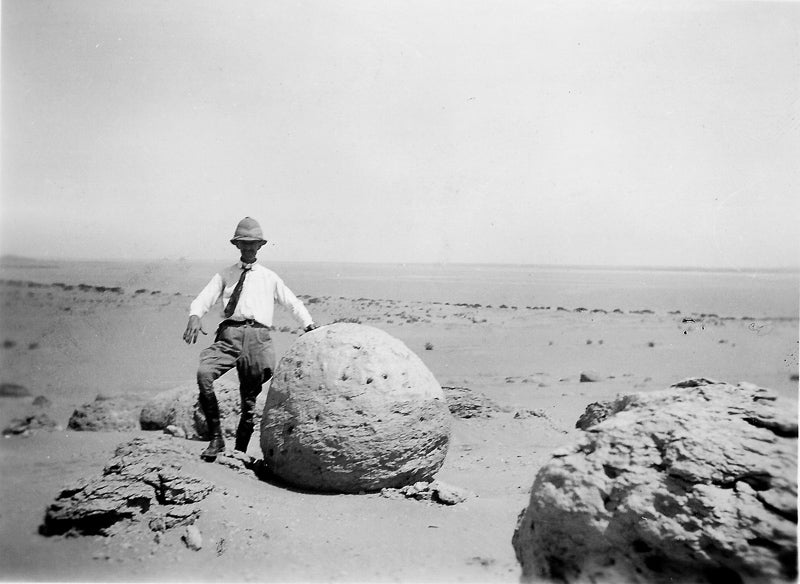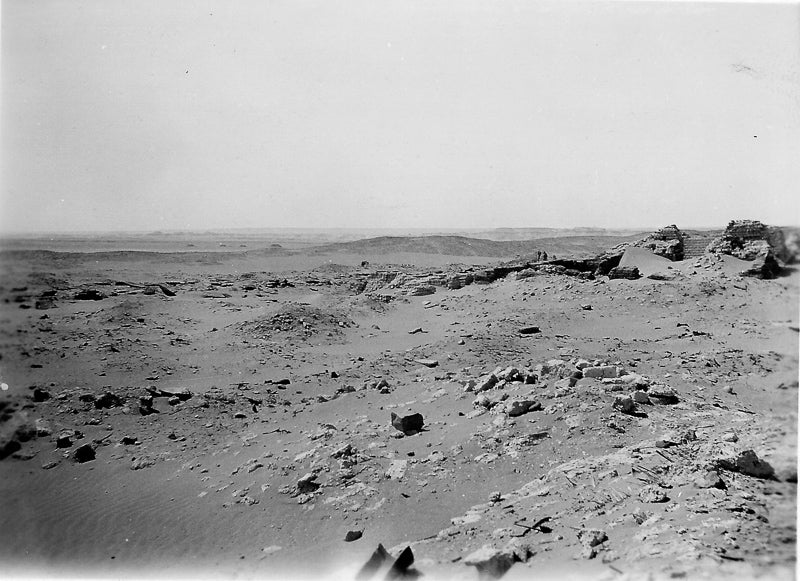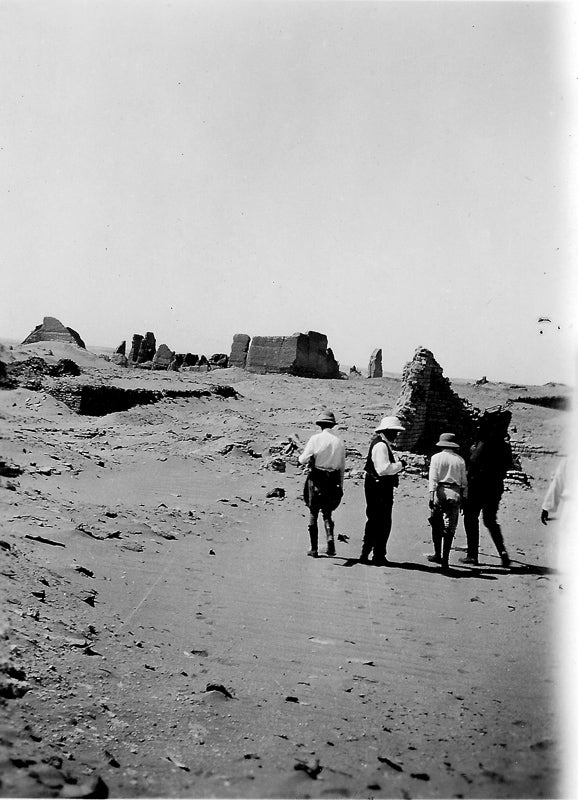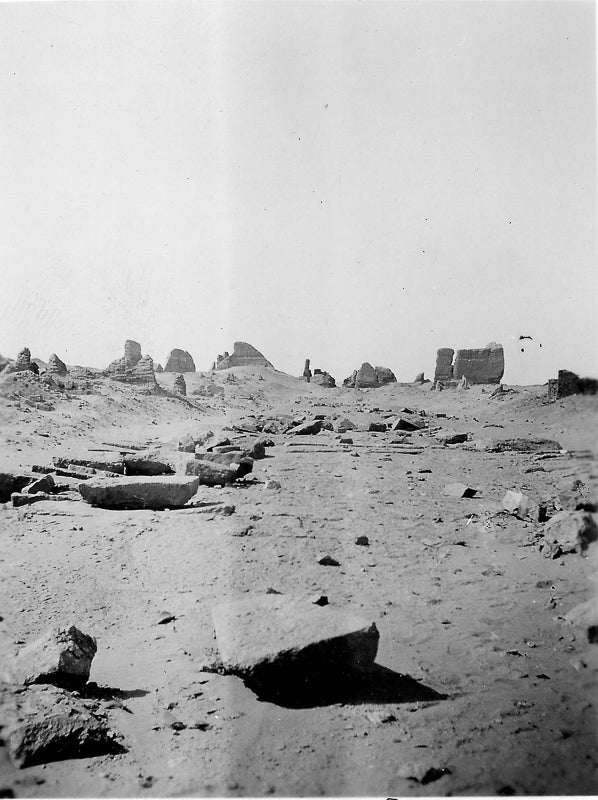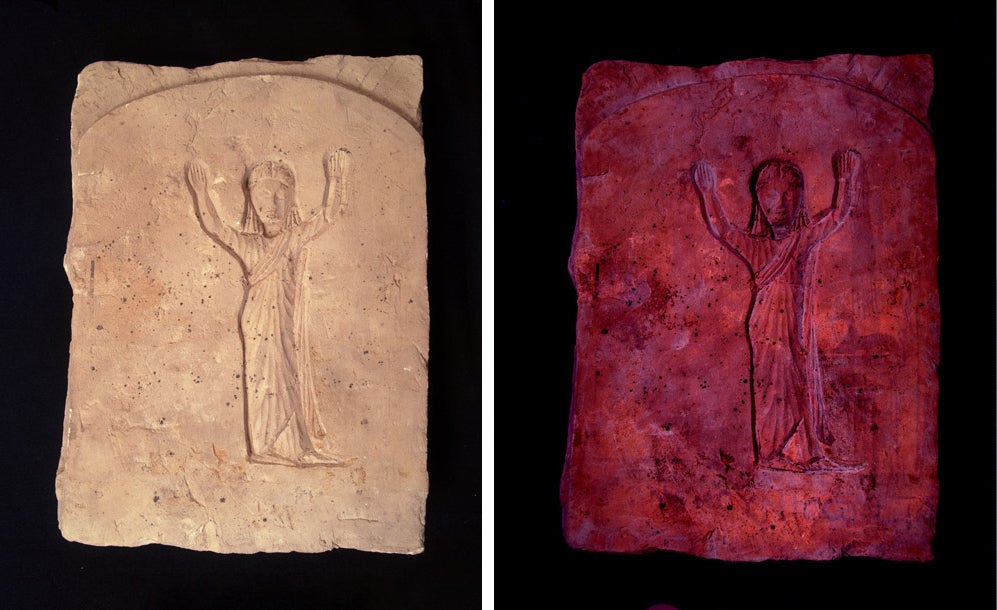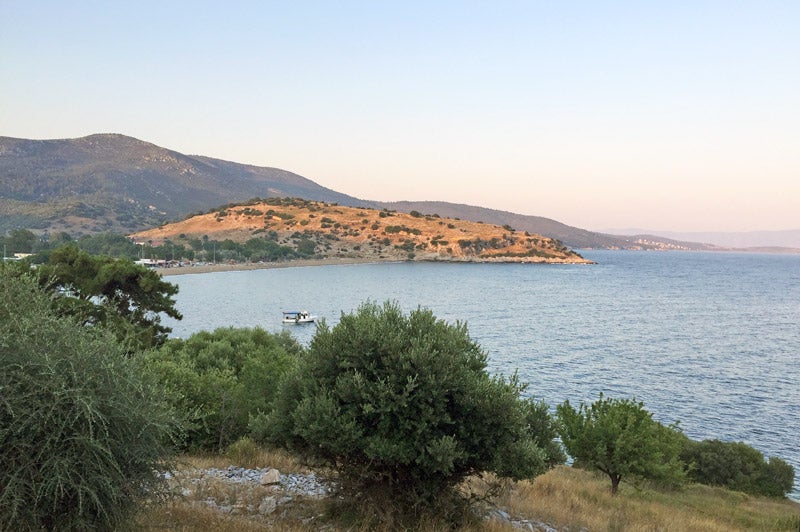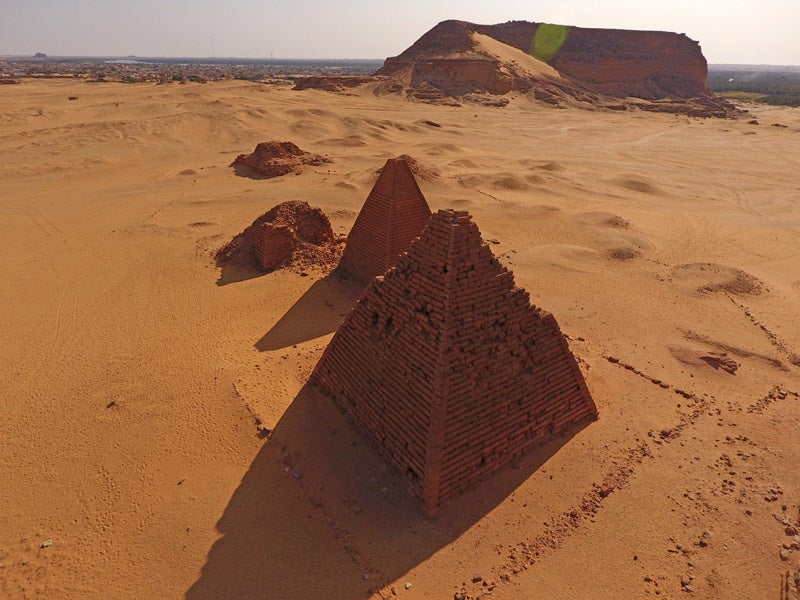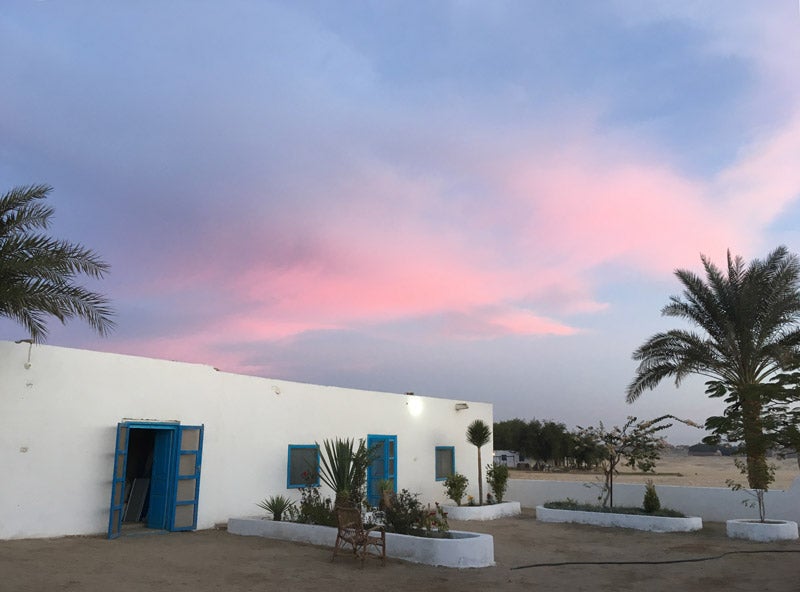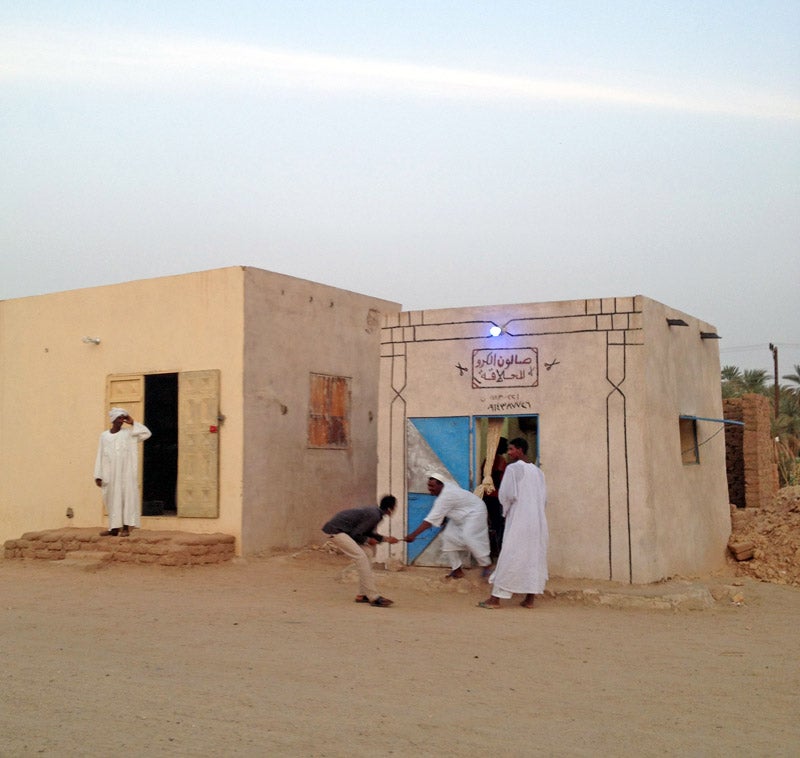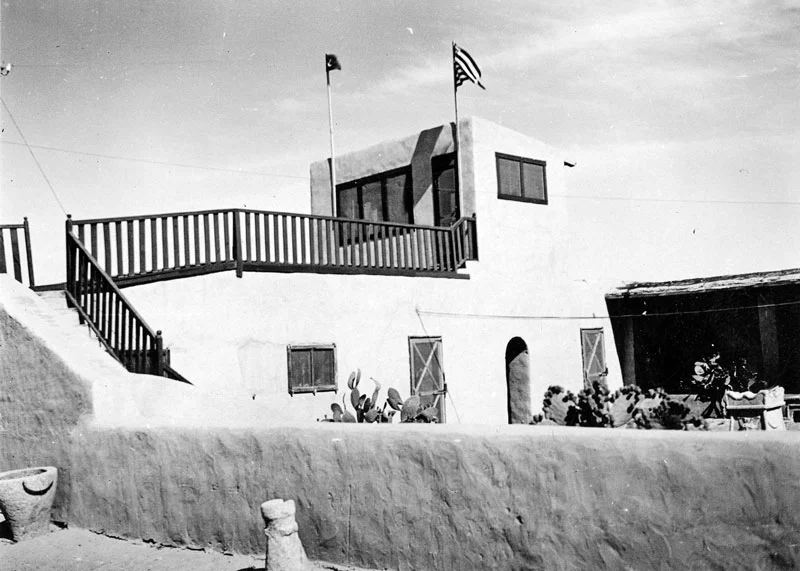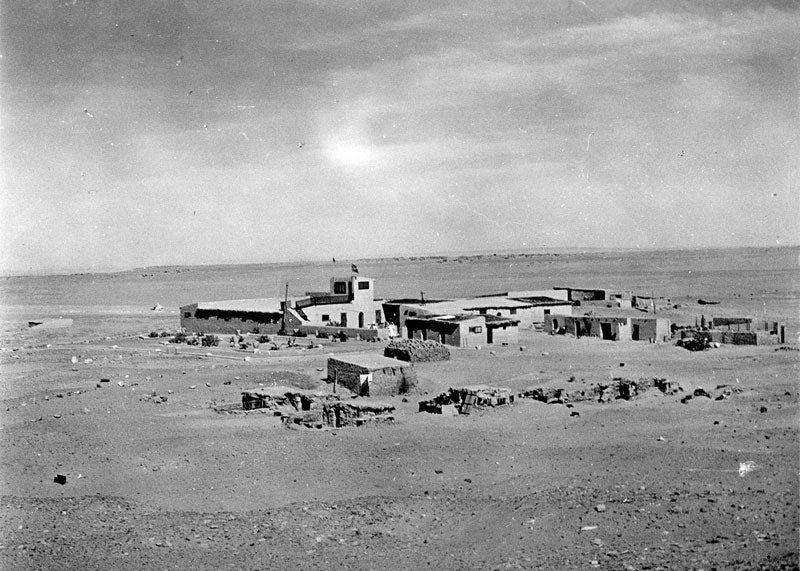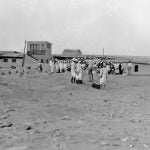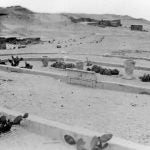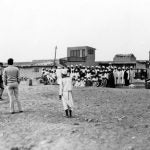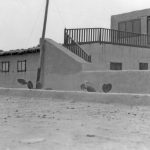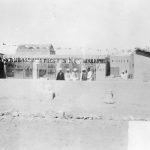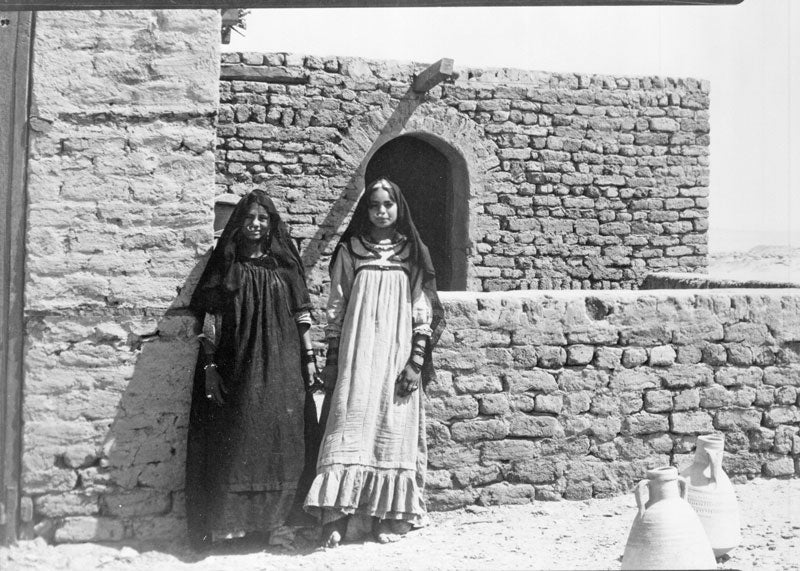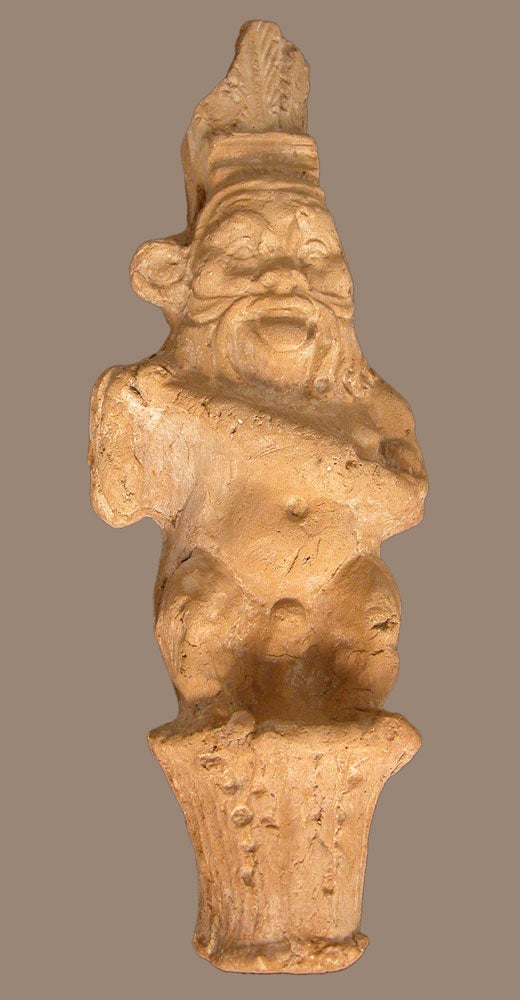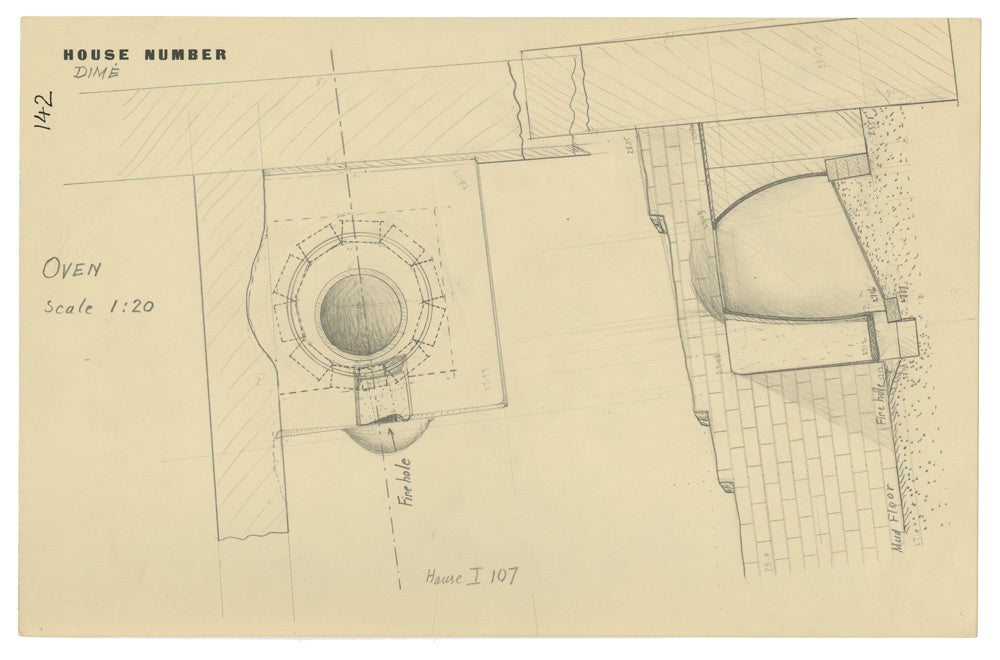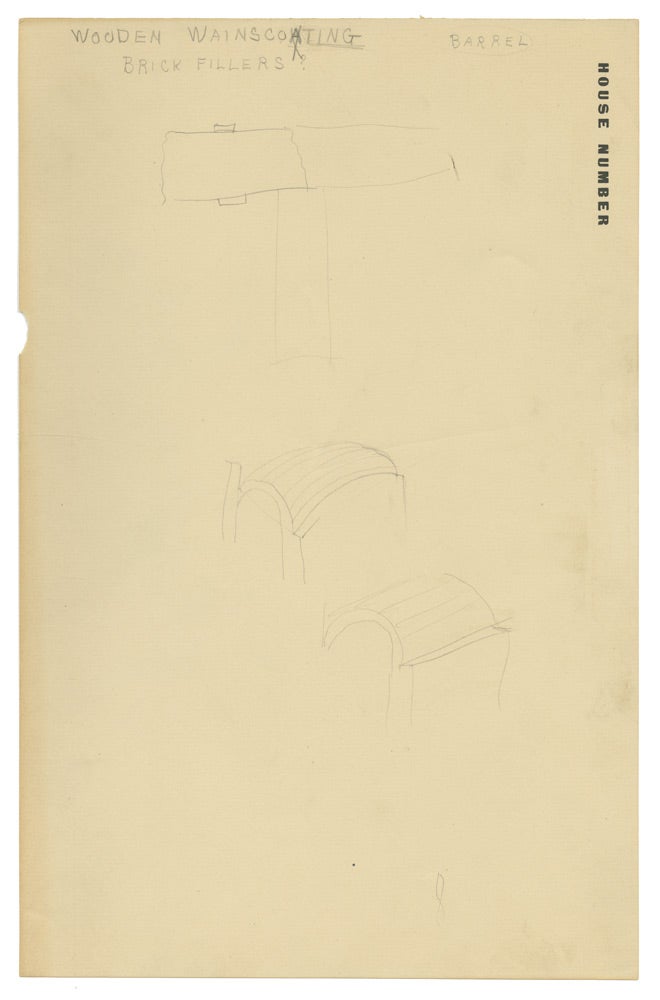Ugly Object of the Month—June 2022
Caroline Roberts, Conservator
We all have our nemeses—you know, those people, things, or tasks that cut us off at every turn, constantly elude us, or simply drive us mad. Mine is the high E from that confounded clarinet solo in “Moonlight Serenade,” which I could never manage to deliver without squawking out like a deranged waterfowl. In Roman Egypt, Nemesis was a goddess who punished people for becoming overconfident in their good fortune, and who often took the rather menacing form of a gryphon.
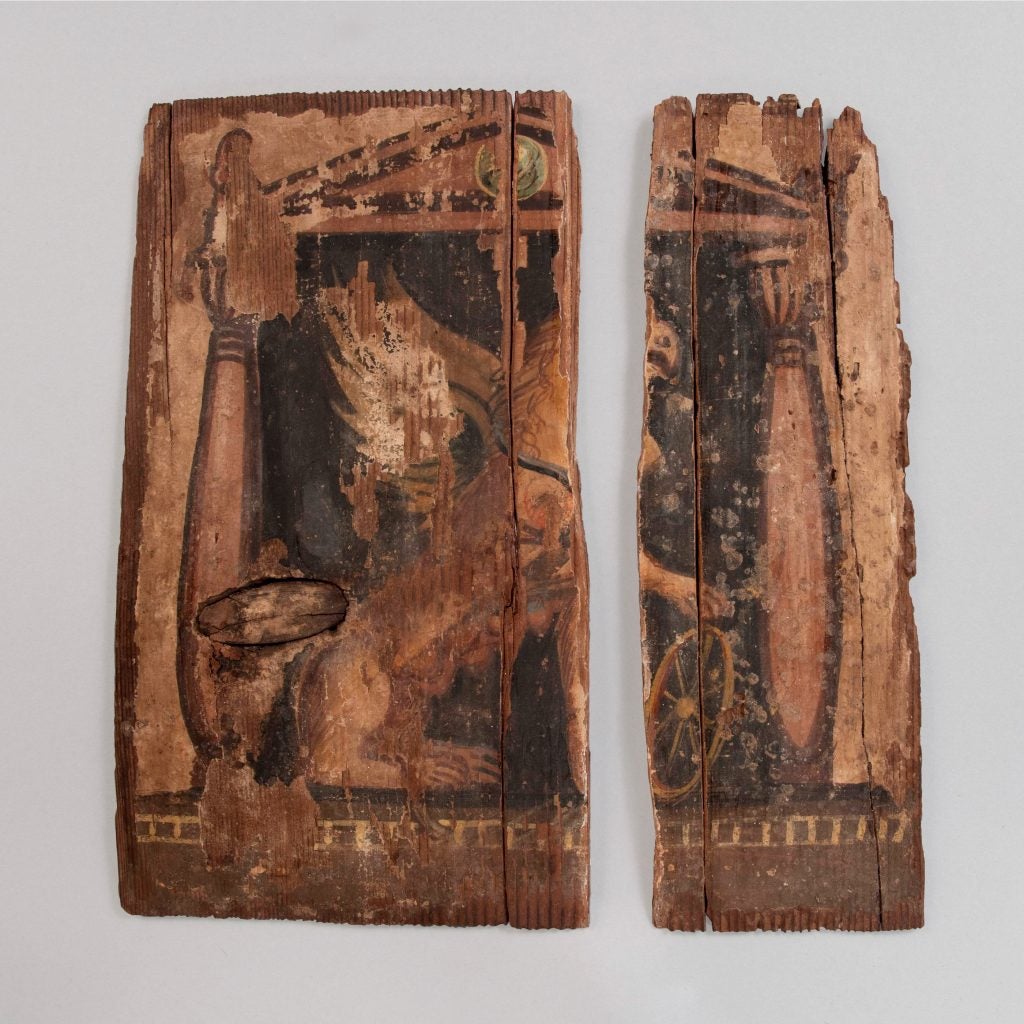
This month’s Ugly Object is a fragmented but colorful panel painting featuring Nemesis in gryphon form framed within a temple façade. Her face and front right leg are no longer present, but you can make out her beak, mane, and wings, and her left paw resting on the wheel of fate. At the center of the pediment above her is an intriguing medallion (painted in green earth, my favorite of the green pigments), its contents obscured by damage. In a way, it’s fortunate that Nemesis’s eye is also missing since her gaze would certainly be bad luck to anyone who meets it! On the other hand, we’re lucky that so much of the panel’s original paint remains intact, as this has provided us with another interesting point of study for our NEH–funded color research project. We are just starting to synthesize the pigment and dye data we’ve gathered from over 140 objects, including more painted panels, sculpture, ceramics, and textiles, and if the fates allow we may yet reach our 200 object goal later this summer. Stay tuned!
Ugly Object of the Month—June 2022 Read More »

